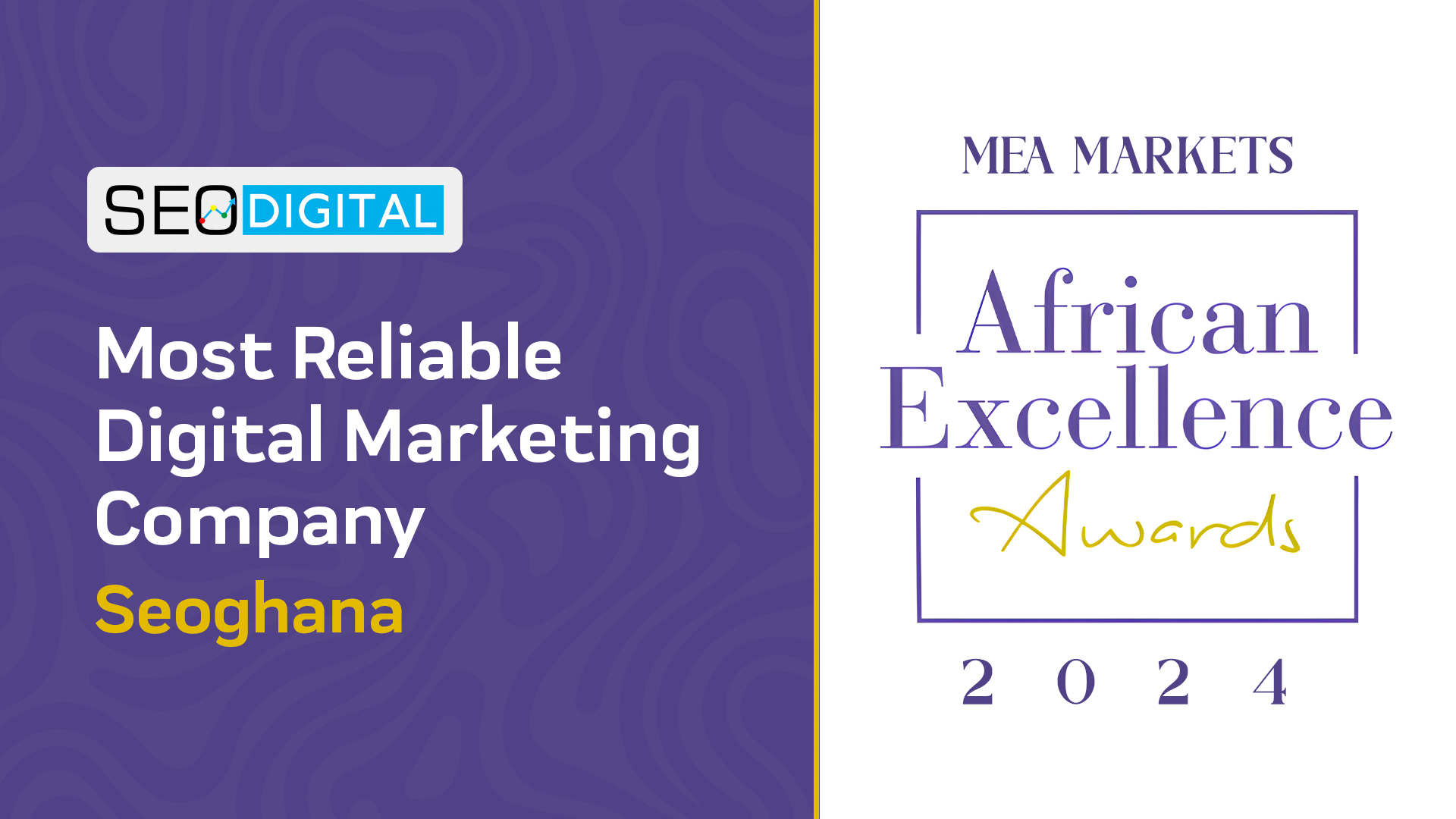
Big News !!
SEO Ghana has been honored with the prestigious award at the MEA Markets’ seventh annual African Excellence Awards- 2024.
We are happy to announce that SEO Ghana has won the African Excellence Awards 2024 for Most Reliable Digital Marketing Company in Ghana. This prestigious award emphasizes our dedication to quality, creativity, and major contributions to the economic growth of the African continent.
In its sixth year, MEA Markets has presented the prestigious awards program known as the African Excellence Awards. It honors companies that have made a significant contribution to the economic and social progress of Africa and celebrates their exceptional accomplishments. This year’s awards program addressed a wide range of companies in different industries and sectors, from start-ups to major international firms.
Seoghaa for the third time has been recognized for our unwavering dedication to Digital Marketing , showcasing our resilience and adaptability in the face of global challenges. This award is a testament to the hard work and commitment of our team, and our continuous efforts to drive innovation and excellence within the Digital Marketing sector.
The Company CEO, Evans T. Ampofo expressed, “We are incredibly proud to receive this prestigious award from MEA Markets.” In addition to honoring our accomplishments, this acknowledgment also celebrates our shared goal of promoting the growth and development of companies around the world. We are motivated to pursue our goals and keep improving the communities we work in by it.
Showcasing exceptional standards and accomplishments within the various business environment of the continent, the African Excellence Awards 2024 bring together the greatest minds in African industry. With the goal of honoring companies that are committed to the economic and social development of Africa, MEA Markets seeks to promote resilience and growth.
As we celebrate this significant milestone, SEO Ghana remains committed to pushing the boundaries of innovation and excellence. We look forward to continuing our journey, driving progress, and making meaningful contributions to the African business community.
For more information about the African Excellence Awards 2024 and the complete list of winners, please visit MEA Markets Awards.
About SEO GhanaSEO Digital is a multiple award winning creative media and inbound marketing firm operating from Ghana and the UK. Staffed by digital marketers and marketing professionals with international expertise, the company excels in digital advertising and social media marketing. Our mission is to improve search rankings, attract niche-based customers, and build brand trust for businesses in Ghana, Africa, and globally.
We specialize in- Digital Marketing
- Media Advertising
- Public Relation
- Branding
- Web & App Development
- PPC Advertising
- Social Media Management


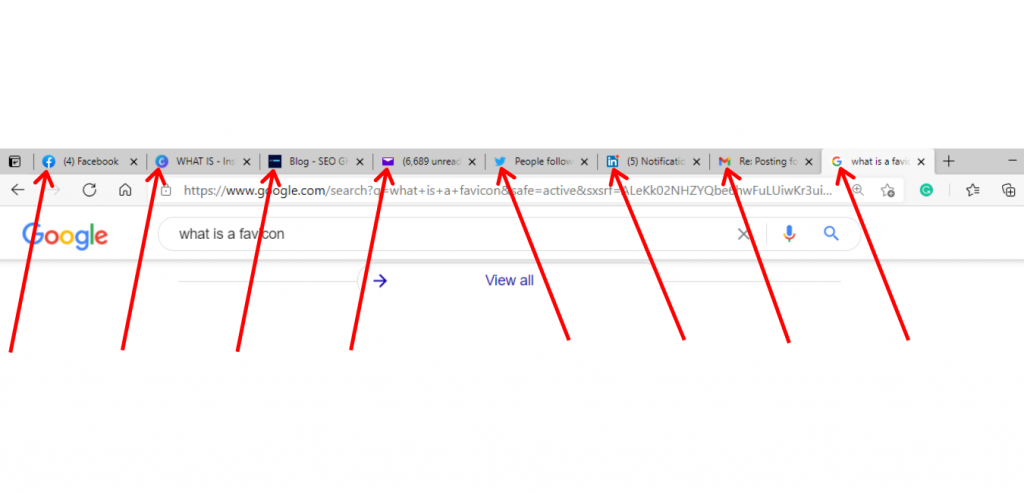

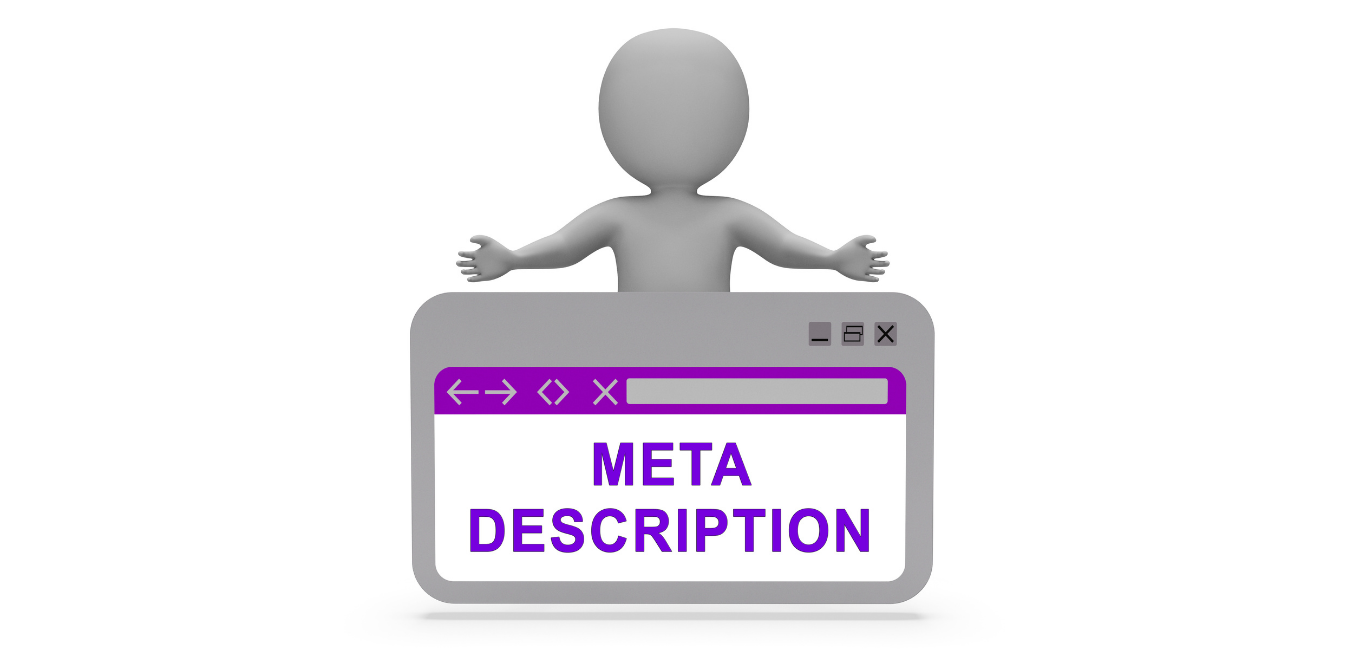
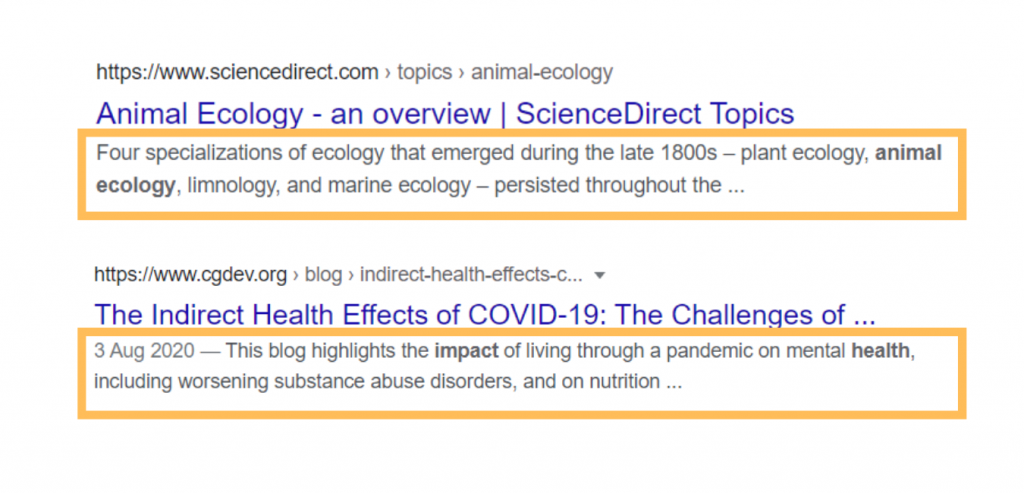


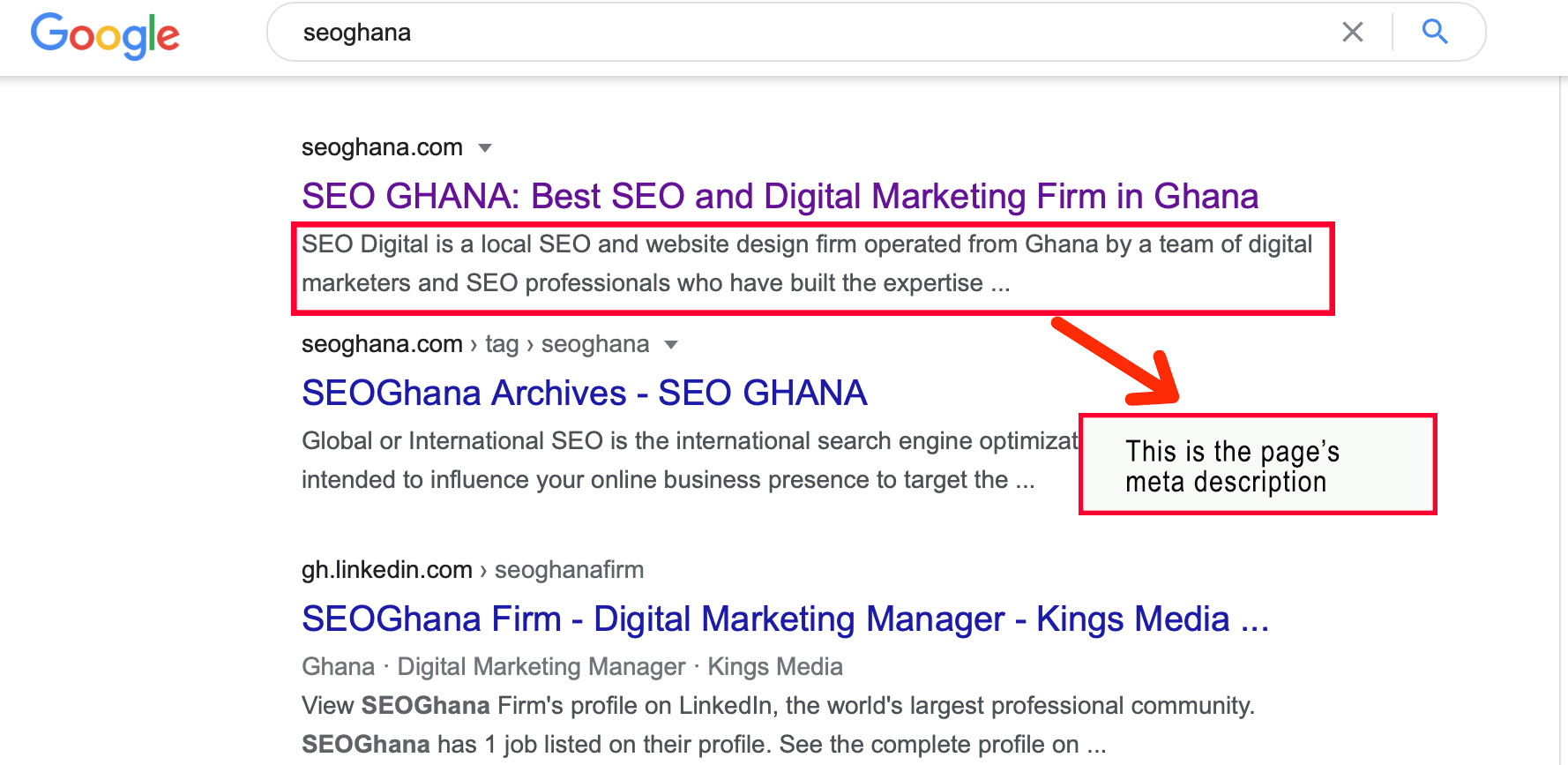
 Defining title tags rightly is very crucial for your business. The title tags in SEO are the title of your document to your most important types of readers; people and robots. The page title is used by search engine algorithms to decide the order when listing pages in search results. Title tags are shown in the browser’s title bar or in the page’s tab and are the most prominent and noticeable part of a
Defining title tags rightly is very crucial for your business. The title tags in SEO are the title of your document to your most important types of readers; people and robots. The page title is used by search engine algorithms to decide the order when listing pages in search results. Title tags are shown in the browser’s title bar or in the page’s tab and are the most prominent and noticeable part of a 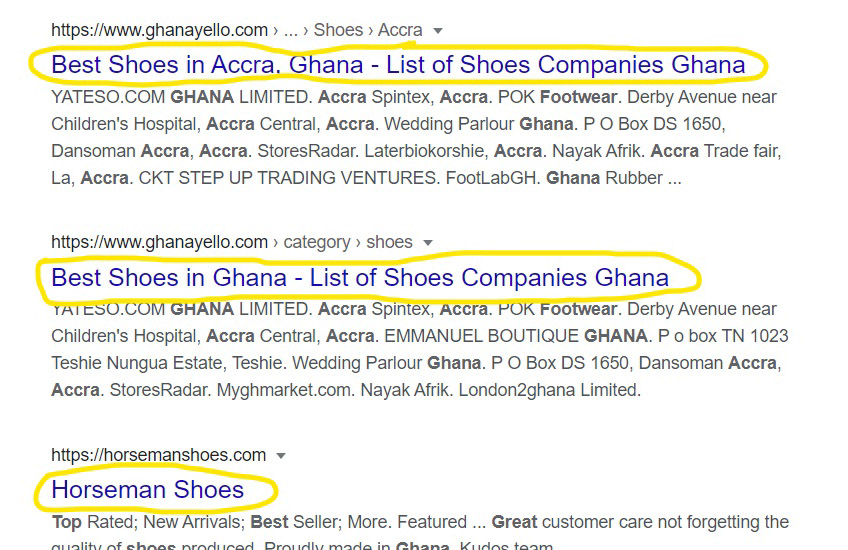 In the HTML code of your web page, they should appear as:
<head>
<title> Your Title Goes Here </title>
</head>
These titles can appear in:
In the HTML code of your web page, they should appear as:
<head>
<title> Your Title Goes Here </title>
</head>
These titles can appear in:
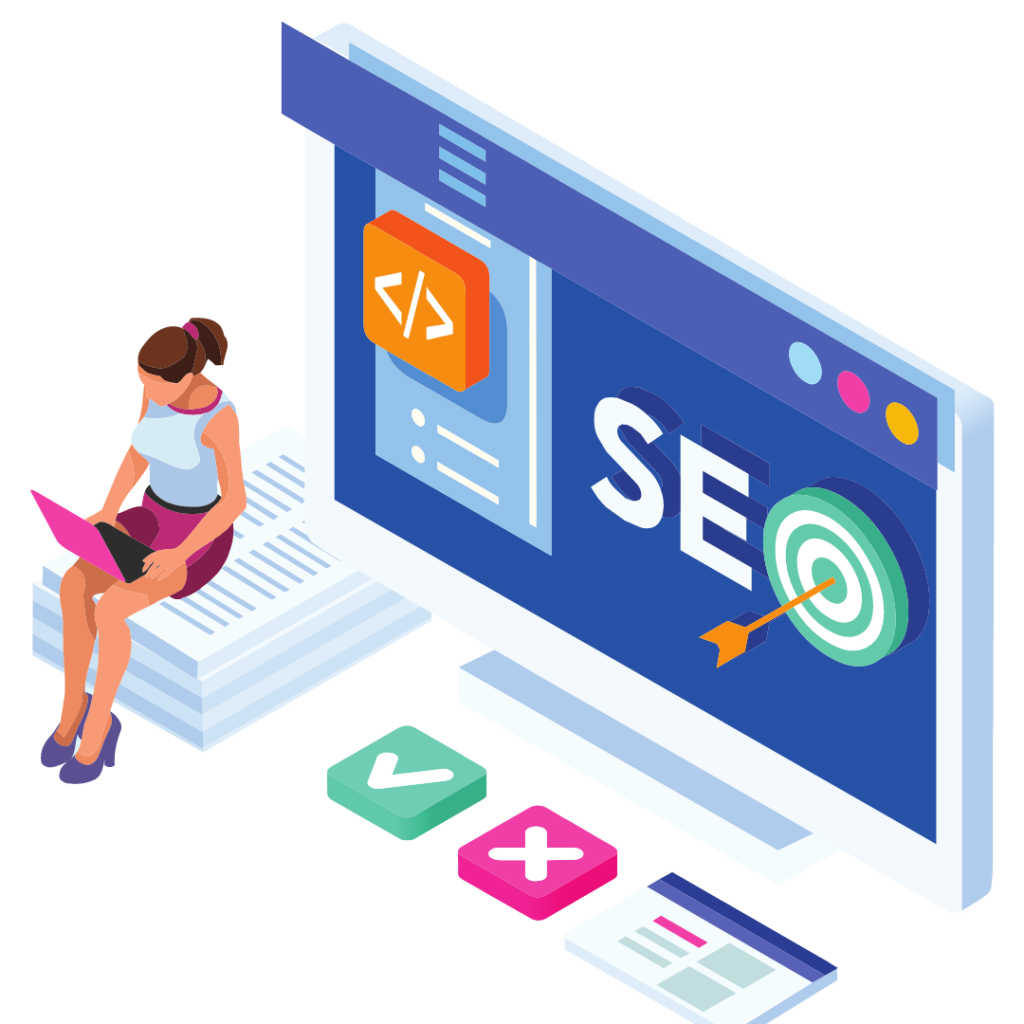

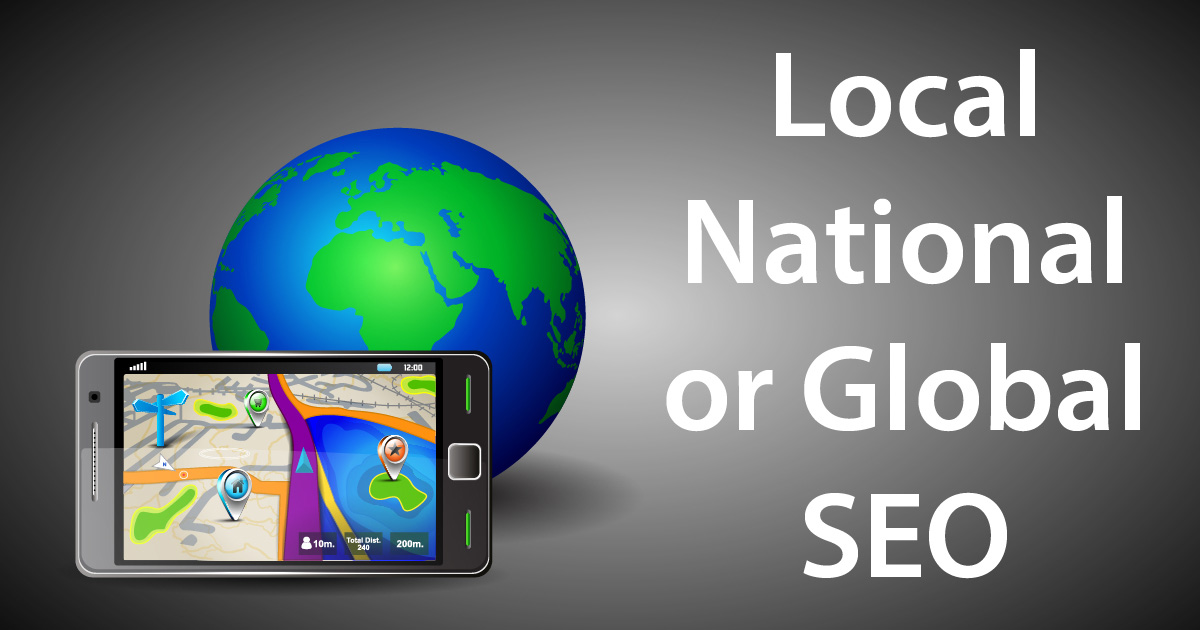 Global or International SEO is the international search engine optimization process which is intended to influence your online business presence to target the audience on worldwide levels. Global SEO services are the organic SEO services which are composed and targeted around global keywords/phrases.
Not at all like the global SEO, local SEO procedure of improving the web business so it could be pitched and promoted in the local target people. There are a few kinds of local SEO services offered under the cost-effective SEO packages. These package arrangements will increment online business in internet searcher maps, Google maps, Google local posting and some more. When you are not kidding about influencing powerful base of your business in the local business to advertise, at that point selecting local SEO Company Melbourne would be the best intends to proceed. In one sentence, local SEO services are offered to make the more grounded business base in the local markets.
Global or International SEO is the international search engine optimization process which is intended to influence your online business presence to target the audience on worldwide levels. Global SEO services are the organic SEO services which are composed and targeted around global keywords/phrases.
Not at all like the global SEO, local SEO procedure of improving the web business so it could be pitched and promoted in the local target people. There are a few kinds of local SEO services offered under the cost-effective SEO packages. These package arrangements will increment online business in internet searcher maps, Google maps, Google local posting and some more. When you are not kidding about influencing powerful base of your business in the local business to advertise, at that point selecting local SEO Company Melbourne would be the best intends to proceed. In one sentence, local SEO services are offered to make the more grounded business base in the local markets.
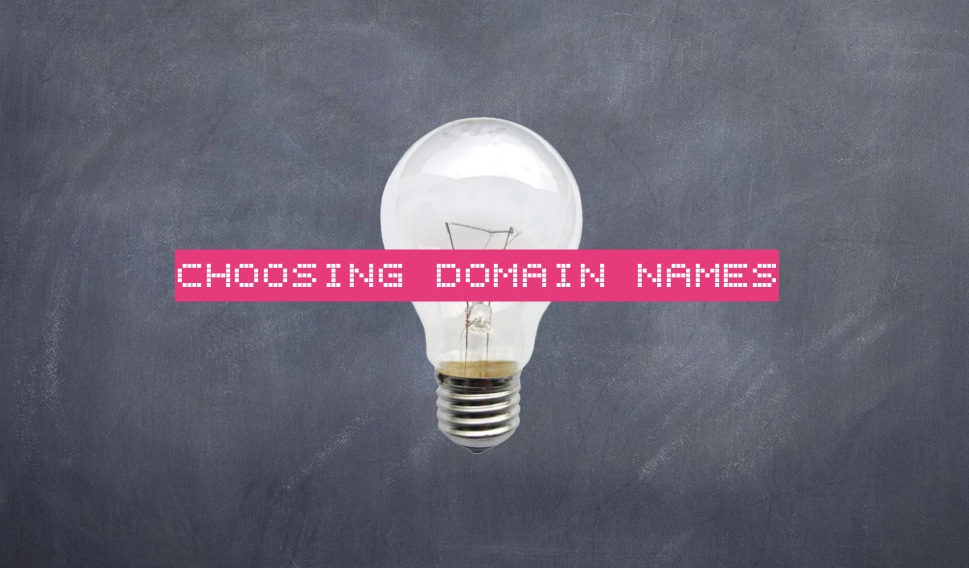 How much effort do you need to put while choosing a domain name for your business? Is it that important? Well, the answer is definitely a big yes. The domain name can make or break you. It is the key element of your website. Let’s see why it is that much important?
It is the first impression: First impression is the last impression. Url is the first thing your users will see. A good and impressive website name makes a long lasting and positive impression.
It highly affects SEO: While (EMD) exact match domains are no longer a need but having targeted keyword is still in demand. It helps in SEO ranking.
It improves brand popularity: The right domain increases brand recognition.
Now the question is how to choose a good web name?
Easy over generic: Don’t forget, your domain name is how users and visitors will remember, find and share your business on the web. The site name is the foundation of your online presence and brand.
Instead of having a new web name, it is better to go with an already existing domain. The existing site will definitely have high authority as compared to a new one. It will help in ranking good in the search engines. You can book the desired domain using several tools available like .in domain drop catch for India or if you are looking for the global market you can try .com drop catch.
Easy to type: If I ask you to provide a list of 5 websites that comes first in your mind, your answer may be Google, Facebook, Amazon, Yahoo etc. Do you know why? Because these are easy to pronounce and type. Easy to type domain name saves users from mistyping and leads them to some other website.
Never use numbers and hyphens: As I told you domain name should be easy to type and pronounce. Well, numbers and hyphens both make the domain name difficult. For example, let’s imagine Facebook. What if it had a hyphen in between Face and book (Face-book). Not good, right? So, never use hyphens and numbers while choosing a domain.
Last but not the least, always choose the right domain extension. If your targeted audience is country specific that means if you are targeting Indian customers only, go with .in extension.
These are some of the points one should consider while choosing a perfect domain name.
How much effort do you need to put while choosing a domain name for your business? Is it that important? Well, the answer is definitely a big yes. The domain name can make or break you. It is the key element of your website. Let’s see why it is that much important?
It is the first impression: First impression is the last impression. Url is the first thing your users will see. A good and impressive website name makes a long lasting and positive impression.
It highly affects SEO: While (EMD) exact match domains are no longer a need but having targeted keyword is still in demand. It helps in SEO ranking.
It improves brand popularity: The right domain increases brand recognition.
Now the question is how to choose a good web name?
Easy over generic: Don’t forget, your domain name is how users and visitors will remember, find and share your business on the web. The site name is the foundation of your online presence and brand.
Instead of having a new web name, it is better to go with an already existing domain. The existing site will definitely have high authority as compared to a new one. It will help in ranking good in the search engines. You can book the desired domain using several tools available like .in domain drop catch for India or if you are looking for the global market you can try .com drop catch.
Easy to type: If I ask you to provide a list of 5 websites that comes first in your mind, your answer may be Google, Facebook, Amazon, Yahoo etc. Do you know why? Because these are easy to pronounce and type. Easy to type domain name saves users from mistyping and leads them to some other website.
Never use numbers and hyphens: As I told you domain name should be easy to type and pronounce. Well, numbers and hyphens both make the domain name difficult. For example, let’s imagine Facebook. What if it had a hyphen in between Face and book (Face-book). Not good, right? So, never use hyphens and numbers while choosing a domain.
Last but not the least, always choose the right domain extension. If your targeted audience is country specific that means if you are targeting Indian customers only, go with .in extension.
These are some of the points one should consider while choosing a perfect domain name.